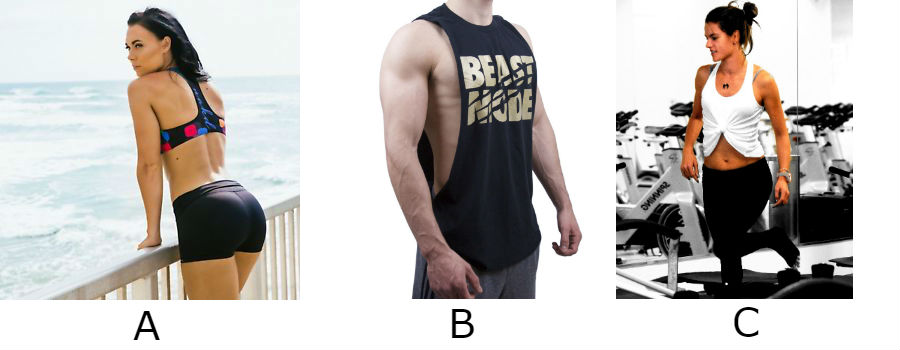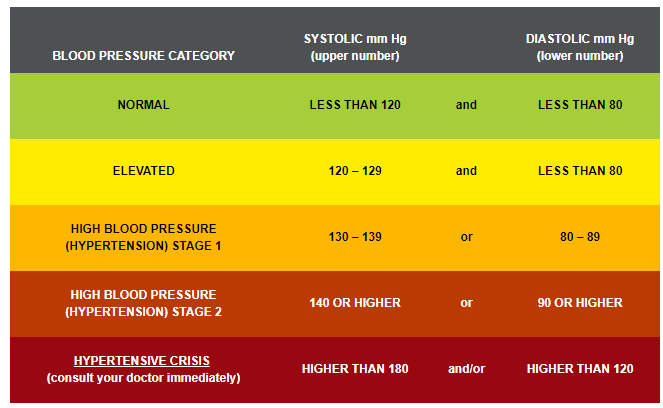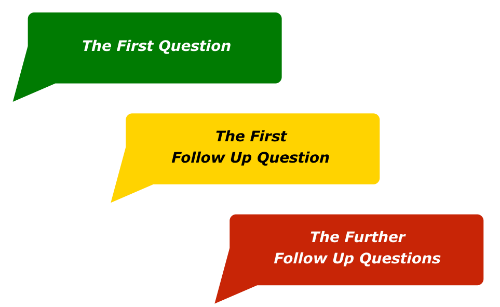In this week’s lab, we are going to be reviewing the general expectations for labs in the Fitness and Health Promotion program at Fanshawe College.
What is a profession?
A calling requiring specialized knowledge and often long and intensive academic preparation.Merriam-Webster dictionary
In the FHP program, we are focused on becoming fitness professionals. As such, these lab experiences will help prepare you for a career as a personal trainer, group exercise instructor, employee wellness coach, or fitness appraiser.
What is professionalism?
The conduct, aims, or qualities that characterize or mark a profession or a professional personMerriam-Webster dictionary
Elements of Professionalism
To learn more about the elements that contribute to professionalism, please click on each of the toggles below:
Accountability
Accountability
Accountability is an essential component of success in the workforce. It doesn’t matter how brilliant you may be, if you do not regularly show up for work, then you won’t be employed for long.
As a result, regular attendance in all labs, is a fundamental expectation of the FHP program.
But attendance alone does not produce a quality fitness professional.
Accountability also involves regular participation in all lab-based activities, as well as monitoring your own-progress and learning. To that end, you will be regularly tracking your progress in each lab through the use of this website.
Looking the Part (i.e. dressing appropriately)
Professional Attire
As a fitness professional, it is important to always dress in a manner that allows you to perform physical activity, but still projects a professional demeanor.
The FHP Uniform
Required attire for all FHP labs consists of:
- FHP t-shirt (available at the Fanshawe College bookstore) or polo
- Athletic shorts and/or pants
- FHP name tag
- Clean, indoor running shoes
Hats and sweaters may be worn during labs, but are not considered appropriate during lab exams or client work.
Inappropriate attire
In addition, alterations to the uniform like cutting the sleeves, tying the front/side of the uniform are not permitted. Neither are excessively short shorts.

Specialized Knowledge
Industry Specific Knowledge
Part of becoming a fitness professional is acquiring and demonstrating profession-specific knowledge.
In our case, this is knowledge of best-practice and safe execution of activities relating to physical fitness and fitness facilities.
Throughout the course of your lab experiences, you will be asked to demonstrate this knowledge by completing short quizzes and tests.
Competency
Skills and Competencies
If knowledge relates to how much you know, competency relates to how well you can demonstrate, explain and teach this knowledge.
In each lab course, there is a target population you are learning to work with. Sometimes, your target population will be generally healthy adults. Other times it may be the elderly, individuals with a chronic health condition or even high-performing athletes.
You will be asked to demonstrate competency regularly throughout your labs by completing peer-evaluated practices, as well as periodic lab exams.
Honesty and Integrity
Honesty and Integrity
In most professions, you will spend your entire career building your reputation, however, it can take only a single negative incident to totally ruin your reputation for good.
Many of the lab activities you will participate in are going to consist of self-reporting that you have completed them. Given you are adults, we will take this to mean you have completed them as assigned.
In the event you are found to have made up your completion stats, this would be considered a case of academic dishonesty and would results in a student code of conduct.





